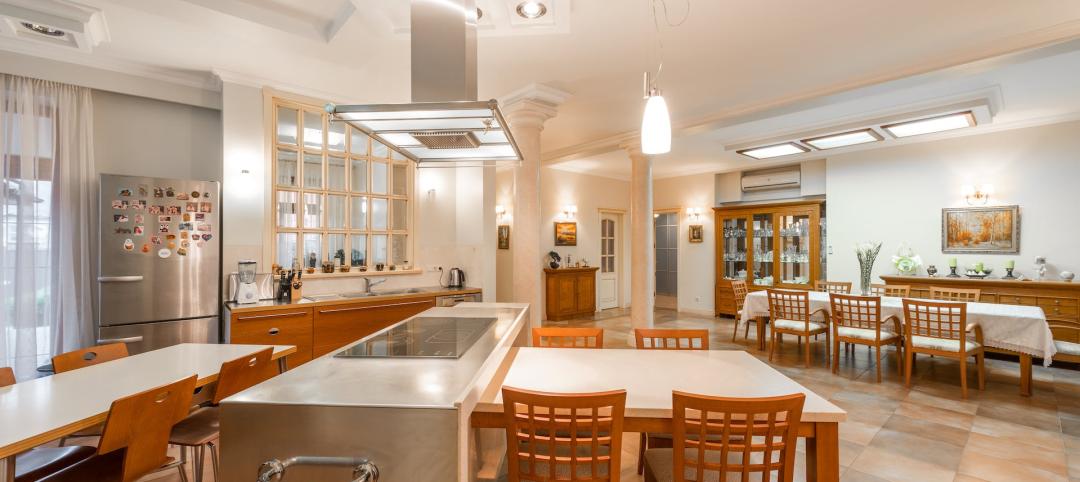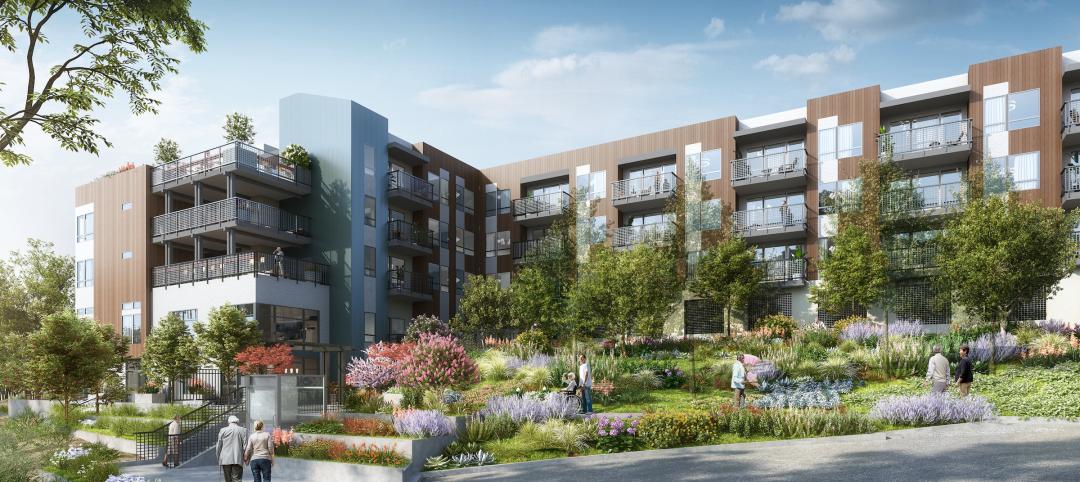Demand for multifamily housing is expected to remain strong in the foreseeable future. But multifamily construction, which has been well above “normal” levels, is likely to slow a bit, which could impact rental rates.
At the recent International Home Builders Show in Las Vegas, the National Association of Home Builders (NAHB) unveiled its latest projections for home starts and sales. The association’s members had just come off of a year in 2014, when single-family home sales jumped by 29.3% to 436,000 units, according to Census Bureau and National Association of Realtor estimates. Builders started a total of 993,000 homes in 2014, 6.7% more than the previous year.
Over the past few years, housing starts have fallen short of NAHB’s predictions about a housing recovery. Last year, single-family starts were just north of 638,000 units, or about 3% more than in 2013. But the association now thinks housing is poised to take off in 2015, and expects single-family starts to rise by 26% to 804,000 units.
NAHB is less gung-ho about multifamily construction, which “has been producing more units than in previous cycles,” observed David Crowe, the association’s chief economist. His forecast shows multifamily starts reaching 358,000 units in 2015, or only 1.7% more than last year. In 2016, the association expects multifamily starts to hit 361,000 units, or just 0.8% more than the starts in 2015.
Looked at another way, NAHB expects multifamily starts from the third quarter of 2014 through the end of 2016 to be 105% of “normal” production (“normal” being based on the average of quarterly production in the years 1995 through 2003). Over that same period of time, NAHB sees single-family starts going from 49% of normal production (which it remains convinced lies somewhere between 1.3 million and 1.4 million units) to 90%.
What remains to be seen is where the equilibrium between multifamily construction and demand finally settles. The vast majority of multifamily development is currently for rental properties. Despite low interest rates, and predictions that younger adults still want to own homes eventually, rental options remain attractive to a lot of people, particularly those who prefer to live nearer to urban centers.
But if construction slows, and rents escalate in response to scarcer availability, multifamily could reach a point of diminishing return that pushes renters into the buyer column quicker.
Related Stories
Sponsored | BD+C University Course | Jan 17, 2024
Waterproofing deep foundations for new construction
This continuing education course, by Walter P Moore's Amos Chan, P.E., BECxP, CxA+BE, covers design considerations for below-grade waterproofing for new construction, the types of below-grade systems available, and specific concerns associated with waterproofing deep foundations.
Multifamily Housing | Jan 15, 2024
Multifamily rent growth rate unchanged at 0.3%
The National Multifamily Report by Yardi Matrix highlights the highs and lows of the multifamily market in 2023. Despite strong demand, rent growth remained unchanged at 0.3 percent.
Adaptive Reuse | Jan 12, 2024
Office-to-residential conversions put pressure on curbside management and parking
With many office and commercial buildings being converted to residential use, two important issues—curbside management and parking—are sometimes not given their due attention. Cities need to assess how vehicle storage, bike and bus lanes, and drop-off zones in front of buildings may need to change because of office-to-residential conversions.
MFPRO+ News | Jan 12, 2024
Detroit may tax land more than buildings to spur development of vacant sites
The City of Detroit is considering a revamp of how it taxes property to encourage development of more vacant lots. The land-value tax has rarely been tried in the U.S., but versions of it have been adopted in many other countries.
MFPRO+ News | Jan 12, 2024
As demand rises for EV chargers at multifamily housing properties, options and incentives multiply
As electric vehicle sales continue to increase, more renters are looking for apartments that offer charging options.
Sustainability | Jan 10, 2024
New passive house partnership allows lower cost financing for developers
The new partnership between PACE Equity and Phius allows commercial passive house projects to be automatically eligible for CIRRUS Low Carbon financing.
Giants 400 | Jan 8, 2024
Top 60 Senior Living Facility Construction Firms for 2023
Whiting-Turner, Ryan Companies US, Weis Builders, Suffolk Construction, and W.E. O'Neil Construction top BD+C's ranking of the nation's largest senior living facility general contractors and construction management (CM) firms for 2023, as reported in the 2023 Giants 400 Report.
Giants 400 | Jan 8, 2024
Top 40 Senior Living Facility Engineering Firms for 2023
Kimley-Horn, Olsson, Tetra Tech, EXP, and IMEG head BD+C's ranking of the nation's largest senior living facility engineering and engineering/architecture (EA) firms for 2023, as reported in the 2023 Giants 400 Report.
Giants 400 | Jan 8, 2024
Top 80 Senior Living Facility Architecture Firms for 2023
Perkins Eastman, Hord Coplan Macht, Lantz-Boggio Architects, Ryan Companies US, and Moseley Architects top BD+C's ranking of the nation's largest senior living facility architecture and architecture engineering (AE) firms for 2023, as reported in the 2023 Giants 400 Report.
MFPRO+ News | Jan 8, 2024
Canada turns to 1940s strategy to speed up housing construction
To address a severe housing shortage, Prime Minister Justin Trudeau’s administration has begun a housing construction strategy pioneered in the years after World War 2. The government aims to use a catalog of pre-approved home designs to reduce the cost and time to construct homes.















